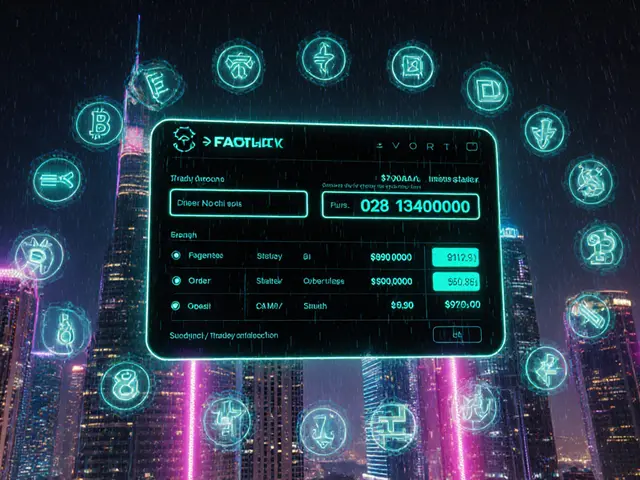
Unocoin Security: What You Need to Know
When working with Unocoin security, the set of measures that protect user accounts, transactions, and data on the Unocoin platform. Also known as Unocoin safety, it relies on strong authentication, encryption, and compliance checks. A key trend shaping this landscape is self-sovereign identity, a blockchain‑based method that lets users control their digital IDs without a central authority, which directly influences how Unocoin validates its users.
How Consumer Protection Rules Reinforce Unocoin Security
Crypto consumer protection, regulatory frameworks that aim to keep investors safe from fraud and mishandled assets is a major driver for Unocoin’s security policies. In Australia, for example, stricter licensing and disclosure requirements force exchanges to adopt tighter KYC and AML procedures. Those same rules push Unocoin to implement multi‑factor authentication and real‑time monitoring, reducing the chance of unauthorized withdrawals. When a platform meets consumer protection standards, users gain confidence, and the overall risk profile drops.
The Travel Rule, an international regulation that mandates sharing originator and beneficiary information for crypto transfers adds another layer of responsibility. Unocoin must gather and transmit transaction metadata to stay compliant with the EU’s zero‑threshold Travel Rule and FATF guidelines. This requirement forces the platform to integrate secure data pipelines and audit trails, ensuring every outgoing payment can be traced without exposing private keys. In practice, the Travel Rule nudges Unocoin toward better record‑keeping and stronger encryption protocols.
Beyond regulations, everyday users can boost their own security posture. Enable two‑factor authentication (2FA) using an authenticator app rather than SMS, since SIM swaps remain a common attack vector. Consider linking a hardware wallet for large balances; hardware devices store private keys offline, making phishing attempts ineffective. Regularly review login activity and set up withdrawal whitelists, so only pre‑approved addresses can receive funds. These steps complement Unocoin’s built‑in safeguards and create a defense‑in‑depth strategy.
Underlying all these measures is the foundation of blockchain security. Cryptographic hashing, digital signatures, and consensus algorithms protect the ledger from tampering. Unocoin leverages audited smart contracts and implements transaction rate limits to prevent abuse. By staying current with vulnerability disclosures and applying timely patches, the platform reduces exposure to exploits that have plagued other exchanges. Understanding how blockchain primitives work helps users appreciate why Unocoin can safely lock away assets while still offering fast, on‑chain transactions.
The articles below dive deeper into each of these themes. You’ll find guides on self‑sovereign identity integration, detailed looks at consumer protection laws in Australia, step‑by‑step explanations of the EU Travel Rule, and practical tips for securing your Unocoin account against phishing and fraud. Whether you’re a newcomer or an experienced trader, the collection equips you with the knowledge to keep your crypto safe on Unocoin and beyond.




